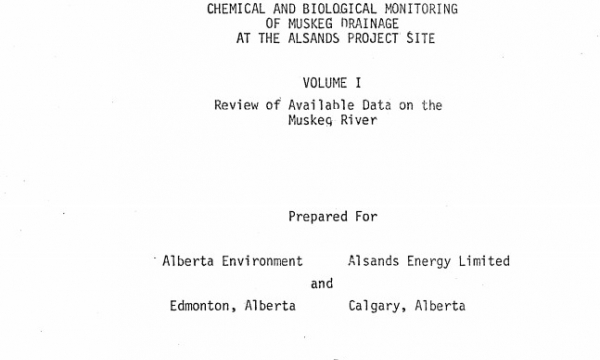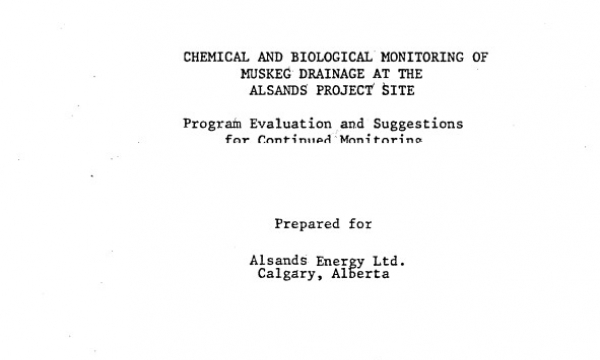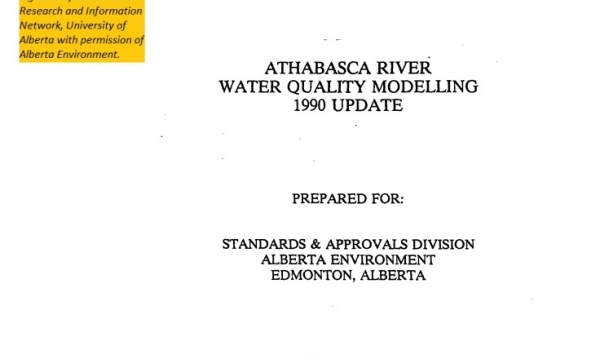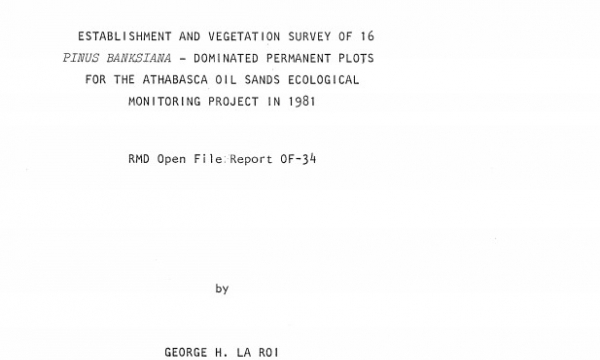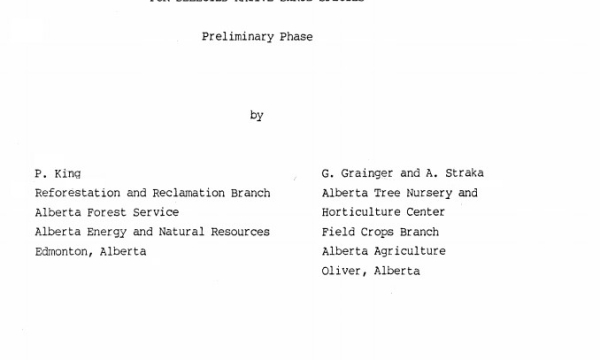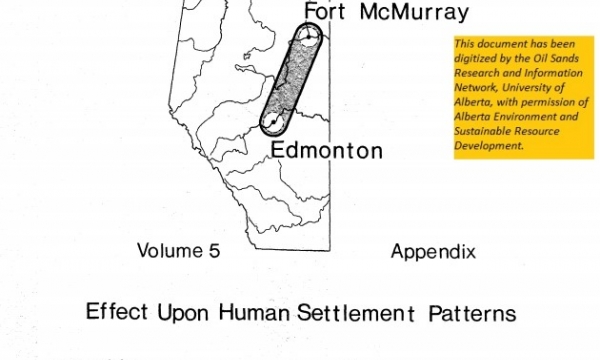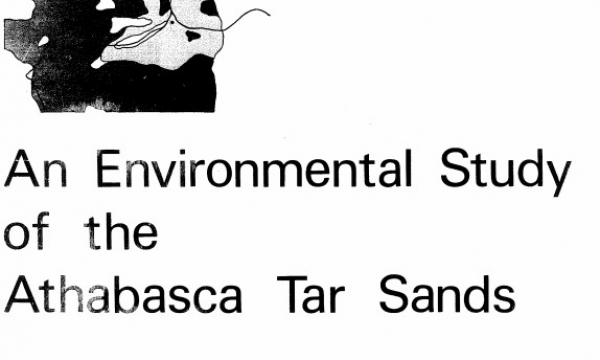Ressources de Gestion des Terres
Ressource
Auteurs
D.W. Mayhood
Linda Corkum
Baseline data available on the Muskeg River hydrology, benthic invertebrates, plankton and fish are generally useful, but additional information is desireable
Ressource
The present volume evaluates the 1980 monitoring program, and makes suggestions for the conduct of future monitoring studies on the Muskeg River and elsewhere in the AOSERP area
Ressource
Auteurs
Gordon Macdonald
Alfred Rademacher
Changes in effluent loadings at the two pulp mills and an increase in river flows in the lower Athabasca Basin accounted for some noticeable improvements in water quality from that reported in 1990
Ressource
Auteurs
Xiaomei Li
Yongsheng Feng
A one dimensional approach was used to model the evaporation process from fine tails. Understanding the complex interactions among the solids, water and external atmospheric demand is required
Ressource
Auteurs
George LaRoi
Mike Ostafichuk
16 undisturbed, 5-ha, permanent plots dominated by Pinus banksiana (jack pine) were established along an impingement gradient of atmospheric emissions from oil sands processing plants
Ressource
Dike filter drainage was acutely toxic to rainbow trout and brook sticklebacks. At the point of entry of the effluent, the sample was acutely lethal to rainbow trout and slightly toxic to sticklebacks
Ressource
Auteurs
Paul King
G. Granger
A. Straka
The results of preliminary experiments on pre-germination treatment methods for nine selected native woody plant species for disturbed land reclamation in the Rocky Mountain Eastern Slopes of Alberta.
Ressource
Auteurs
K.C. Mackenzie Associates Limited
General purpose of this report is to examine various constraints, resulting from human settlement patterns, which will affect the selection of a route for the proposed oil sands pipeline corridor.
Ressource
Describe, ananlyse, and interpret the socio-economic changes which had occurred in Fort McMurray from development of Suncor and Syncrude operations and assess changes in relation to development stages
Ressource
Auteurs
Intercontinental Engineering of Alberta Ltd.
A collection of technical working papers that helped inform the final report and recommendations


